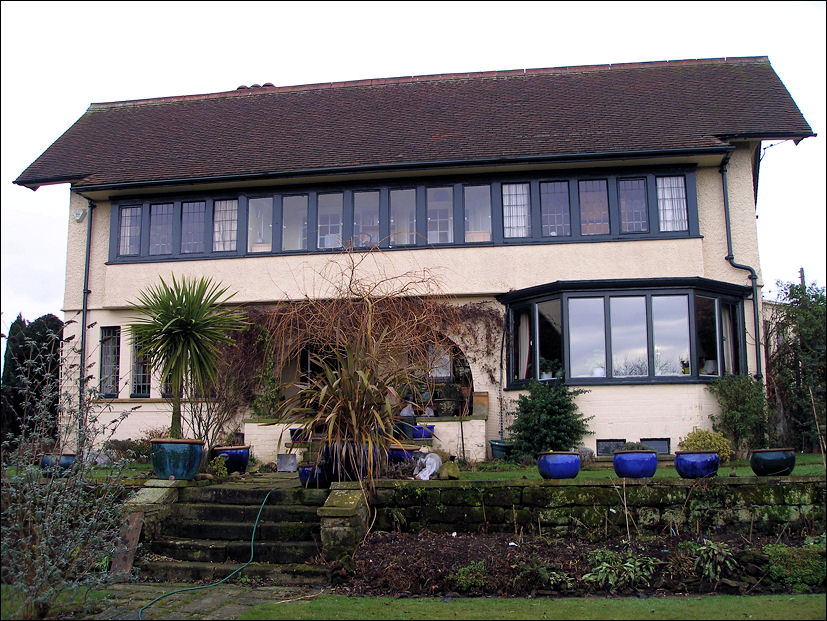![]()
|
|
|
|
|
Stoke-on-Trent - photo of the week |
Advert of the Week
Potworks of the Week
Chetwynd House, Clayton - former home of Clarice Cliff and her husband Colley Shorter
|
Colley Shorter & Clarice Cliff Colley and Clarice were having an affair and in 1936 Clarice moved into a flat at 20 Snow Hill, Shelton - the principal visitor to the Snow Hill flat, according to Clarice Cliff's biographer, Lynn Knight, was Colley Shorter and their affair was observed with much eyebrow-raising; although, Ms Knight writes, the relationship was "widely known within the industry by this time". Clarice married Colley Shorter in 1940 when his wife died, and she moved to the Shorter family home - Chetwynd House in Clayton. |

|
"I was born in the potteries in the town of Tunstall. I remember when drawing classes in school were of only half an hour a week's duration. How pleased I was to miss some lessons and be entrusted to make large papier mache maps built up on nails of varying heights and coloured, for use in Geography lessons. I won scholarships for attendance at the local art schools, Tunstall and Burslem, where drawing from plaster casts and vases of Honesty were the sum total of tuition. I passed exams to become a teacher, then, at the age of 16 or 17, decided that I would most like to learn the various branches of pottery decorating.
"The adjoining factory which A. J. Wilkinson had acquired (in 1920) provided me with a studio cum workshop in one of the showrooms. The warehouses of the Newport Pottery Company Limited were stacked with bowls, vases, jugs and candlesticks, etc. mostly of the Nouveau Art period. This huge stock had always interested me, and presented a challenge! Eventually about 1924-25, I was allowed to experiment. First, with one or two girls who had learned how to use a decorator's wheel, round shapes were covered from top to bottom with coloured bands. As these were the days of short time and unemployment, it was very easy to get girls straight from school who, if lucky enough to be taken on as learners (for a shilling a week pocket money) would normally have to spend weeks practising strokes and curls and flat shading. Instead of which, a few of them with an aptitude for drawing were put straight to work, and so earned an extra few shillings. Between guide lines, they drew simple diamonds which in turn were filled in with bright colours by other girls. then the article was passed on to be banded at the top and bottom by others.
"We progressed to circles and squares and simple landscapes - all within the operatives capabilities. These cried aloud for shapes other than the traditional and so the conical shape was evolved. As we grew, so did the number of shapes, and the number of boys and girls we trained increased to about 300 (this did not include makers, who increased also). We were copied by so many that we had eventually to patent many shapes. Even the Japanese copied some.
from: claricecliff.co.uk |
|
Related pages.. ...in the footsteps of Clarice Cliff - her life and times in Stoke-on-Trent. also see.. Advert of the Week external links.. Clarice Cliff Collectors Club - the original web site for Clarice collectors, founded in 1982 by Leonard Griffin.
|